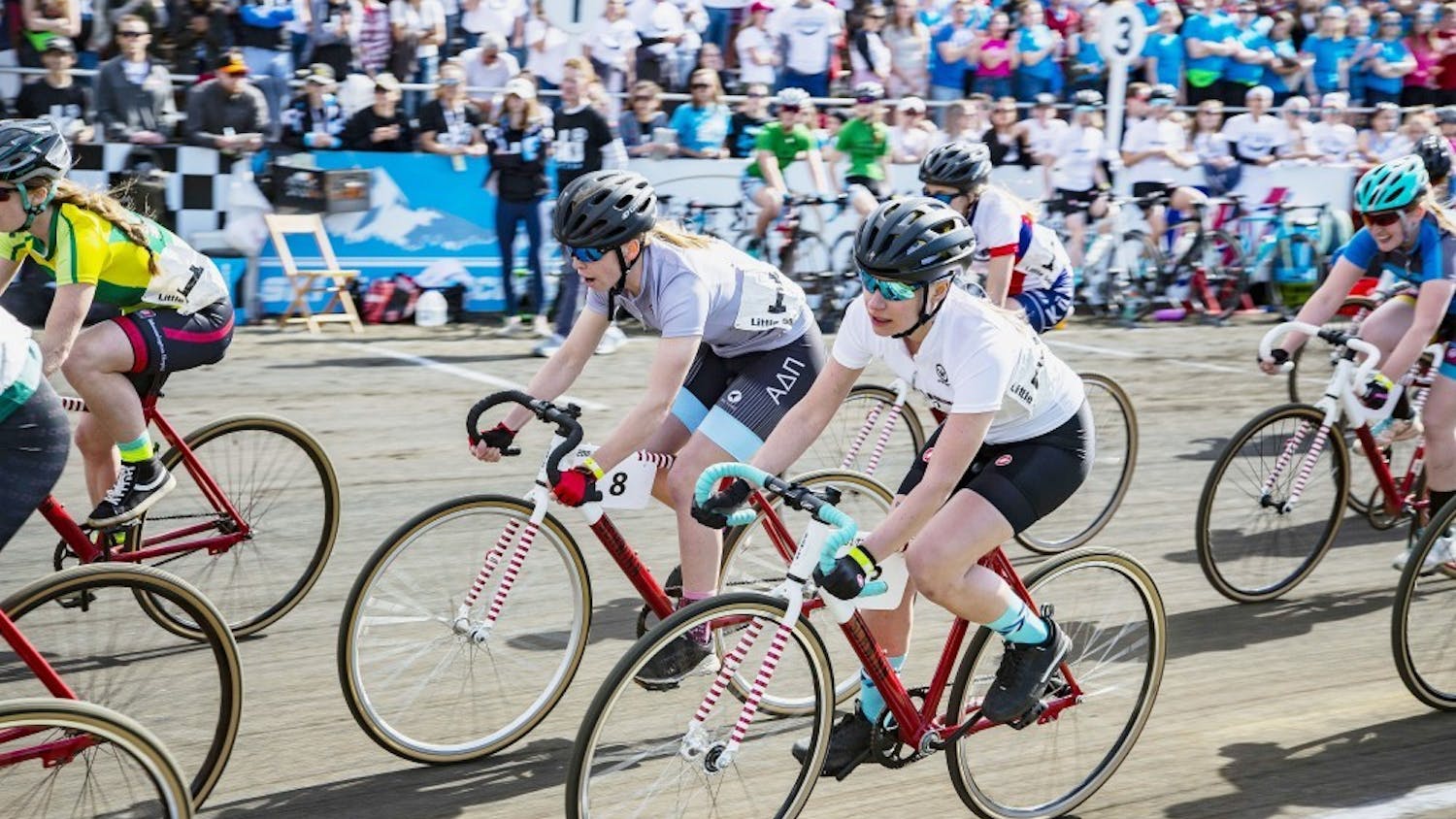Due to the work of South’s Environmental Club, the school will install new technology in its main hallway that promises to harness kinetic energy from footsteps into an alternate source of electricity.
The technology, created by a London-based company called PaveGen, comes in the form of specially-made floor tiles that produce power when compressed by footsteps.
“They are completely in their infancy, but they are getting a lot of attention,” said Amanda Figolah, whose AP environmental science classes at South raised more than $20,000 for, and organized, the installation.
Eight PaveGen tiles, set to arrive in January, will be installed in the corridor by South’s main entrance and library. Students can produce power by stepping on a tile.
Energy from the tiles won’t feed into the school’s main electrical grid, Figolah said, but will light up two interactive education display screens and power a phone charger. Students can see on another display screen how much power they generate with each footstep.
The idea for the installation came last year, when students in Figolah’s AP environmental science class gave presentations on renewable energy sources. Student Emily Moon’s excitement about her research on PaveGen was infectious.
Classmate Arielle Moir, now an IU freshman, said Moon suggested installing the technology at Bloomington South after hearing stories of other students raising funds to place PaveGen tiles in their own schools.
“The school administration was very supportive of our plan,” Moir said. “We contacted the PaveGen company, based in England, to discuss the finer details of cost, management and placement of the tiles.”
The class had done other student-run projects in the past, Figolah said, like an event where they sold reusable water bottles to cut down on water bottle waste.
“They had an amazing chemistry,” Figolah said. “That’s how things happened ... it was completely student-generated.”
Five environmental science students decided to make a PaveGen installation their senior capstone project, Figolah said. Then-seniors Moon, Moir, Imogen Todd, Maira Brondizio and Olivia Pfingston wrote a grant proposal that brought in $23,000 for the project from Duke Energy and a private foundation.
“We are very fortunate to have had the opportunity to be involved with people who are enthusiastic to work with and support student-led initiatives,” Moir said.
This year’s class will develop an outreach program to teach people what PaveGen can do, Figolah said. In addition, it may be a tool for teaching younger students the scientific method. Environmental science students will walk them through making a hypothesis about how much energy one footstep can generate, then collecting data and making conclusions about their observations.
“We’re hoping to bring in as many kids as we can from all kinds of levels,” Figolah said.
Moir said she’s always been interested in alternative energy, having lived in a neighborhood that incorporated solar energy sources. She said she hopes students learn more about alternative energy from the PaveGen installation.
“There are other cost-efficient, sustainable and innovative sources of energy that can be utilized in the production of electricity, as opposed to fossil fuels,” Moir said.
Figolah said she thinks the students in her class and the South Environmental Club were inspired by what they were able to accomplish with the PaveGen project.
“Their takeaway was, ‘I didn’t know we could do this kind of thing,’” Figolah said. “‘I didn’t know we could make this kind of change.’”




